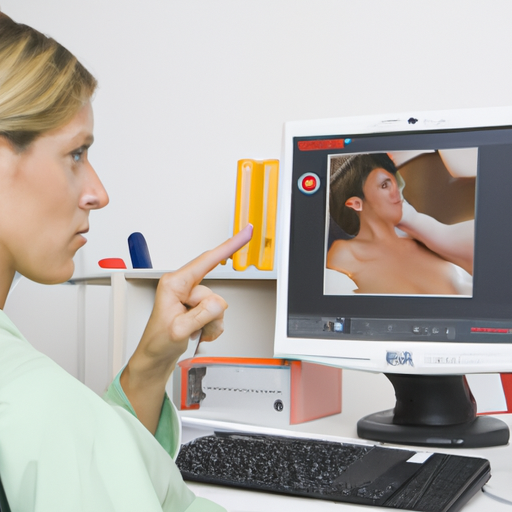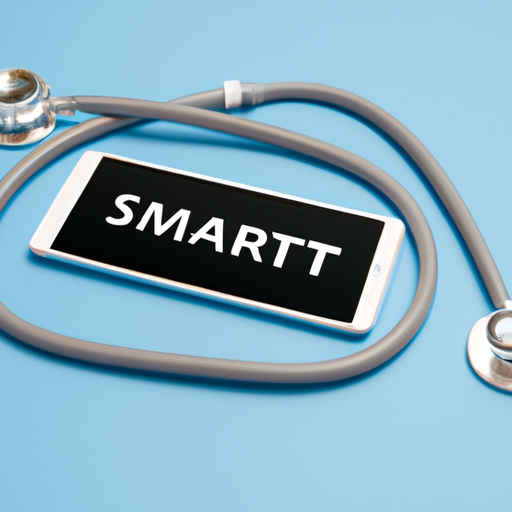The healthcare industry is undergoing significant transformations, driven by health tech disruptions that promise to enhance patient care, improve outcomes, and reduce costs. In this blog post, we’ll explore the top five innovations reshaping the landscape of healthcare.
1. Telemedicine: Breaking Geographic Barriers
Telemedicine has emerged as a key player in health tech, enabling patients to consult with healthcare professionals from the comfort of their homes. This convenience not only enhances accessibility for patients in remote areas but also reduces the strain on hospitals and clinics.
2. Wearable Technology: Monitoring Health in Real-Time
Wearable health devices, such as fitness trackers and smartwatches, are now common. These tools provide users with real-time health data, including heart rate, sleep patterns, and physical activity levels. The insights gained can help individuals manage their health proactively and alert them to potential medical issues.
3. Artificial Intelligence: Improving Diagnostics and Personalization
AI is transforming healthcare by improving diagnostic accuracy and enabling personalized treatment plans. Machine learning algorithms analyze vast amounts of data to identify patterns that might go unnoticed by human clinicians. This technology allows for earlier detection of diseases and tailored therapies for patients.
4. Blockchain in Healthcare: Securing Patient Data
Blockchain technology offers secure solutions for storing and sharing patient data. With its decentralized nature, it enhances data security and enables seamless sharing among healthcare providers, reducing errors and improving coordination of care. This is crucial for maintaining patient privacy and trust.
5. Virtual Reality: Enhancing Medical Training and Therapy
Virtual reality (VR) is making waves in medical training and therapy. Medical professionals can practice procedures in a risk-free environment, while patients may benefit from VR therapies to manage pain, anxiety, or phobias. This immersive technology is paving the way for more effective training and treatment options.
Conclusion
The future of healthcare is bright, thanks to these health tech disruptions that are continuously evolving. As technology advances, we can expect more innovations that will reshape how healthcare is delivered, ultimately leading to improved patient outcomes and more efficient healthcare systems.
Stay tuned for more updates on health tech innovations that are changing the face of healthcare!












